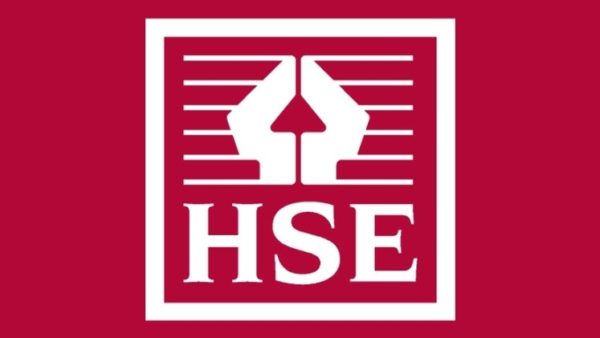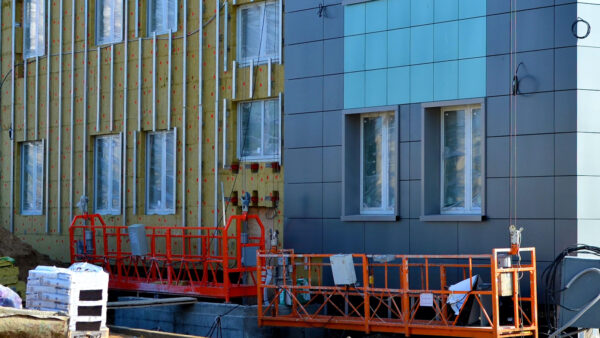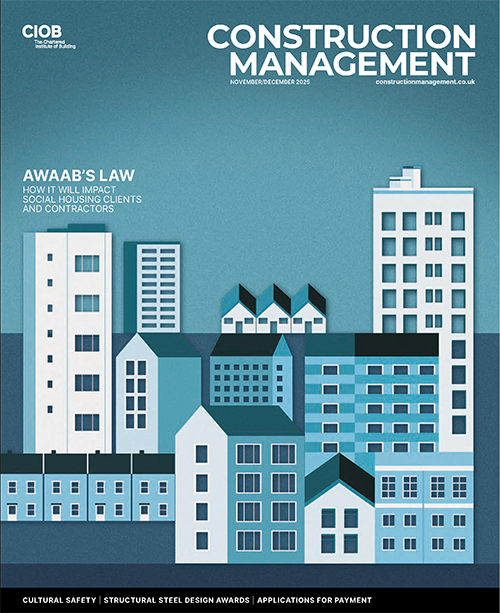
The Institution of Structural Engineers (IStructE) has published new guidance to support building project teams in assessing and tracking embodied carbon in line with the UK Net Zero Carbon Buildings Standard.
It contains a step-by-step process for selecting embodied carbon limits and includes guidance on conducting lifecycle embodied carbon assessments and best-practice carbon management during design and construction.
The UK Net Zero Carbon Buildings Standard is a methodology for defining and proving buildings are net-zero carbon, covering both embodied and operational emissions. It was developed by a group of industry bodies, including the Better Building Partnership, BRE, Carbon Trust and the UK Green Building Council.
The standard aims to provide a single benchmark for addressing carbon reduction across the built environment.
The IStructE guide helps construction projects align with the standard to achieve full verification or to follow the best procedures for assessment and reporting. It was developed by experts from Arup and WSP.
Emma Francois, associate director at WSP, said: “Implementing the standard on a project needs early engagement with the process and a robust approach to carbon management to ensure the targets are met.
“This guide intends to provide clarity and context on what the standard is asking for, with worked examples, showing how lifecycle embodied carbon assessments are used to help meet upfront embodied carbon limits and lead to lower carbon solutions.”
Patrick Hayes, technical director at IStructE, added: “Like the creation of the standard, our guide has been a collaborative process, to help readers understand the standard’s purpose – to enable the industry to robustly verify whether UK buildings are net-zero carbon aligned, in line with the UK’s climate targets.”











